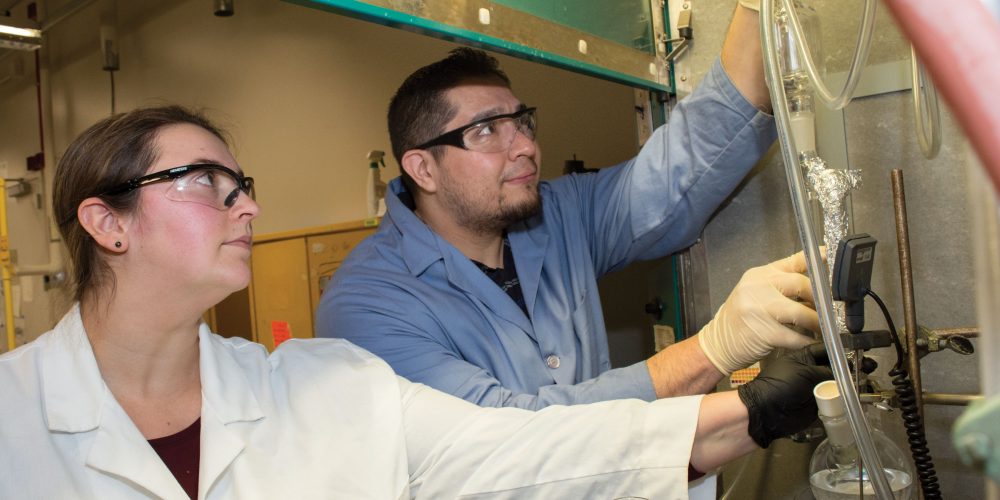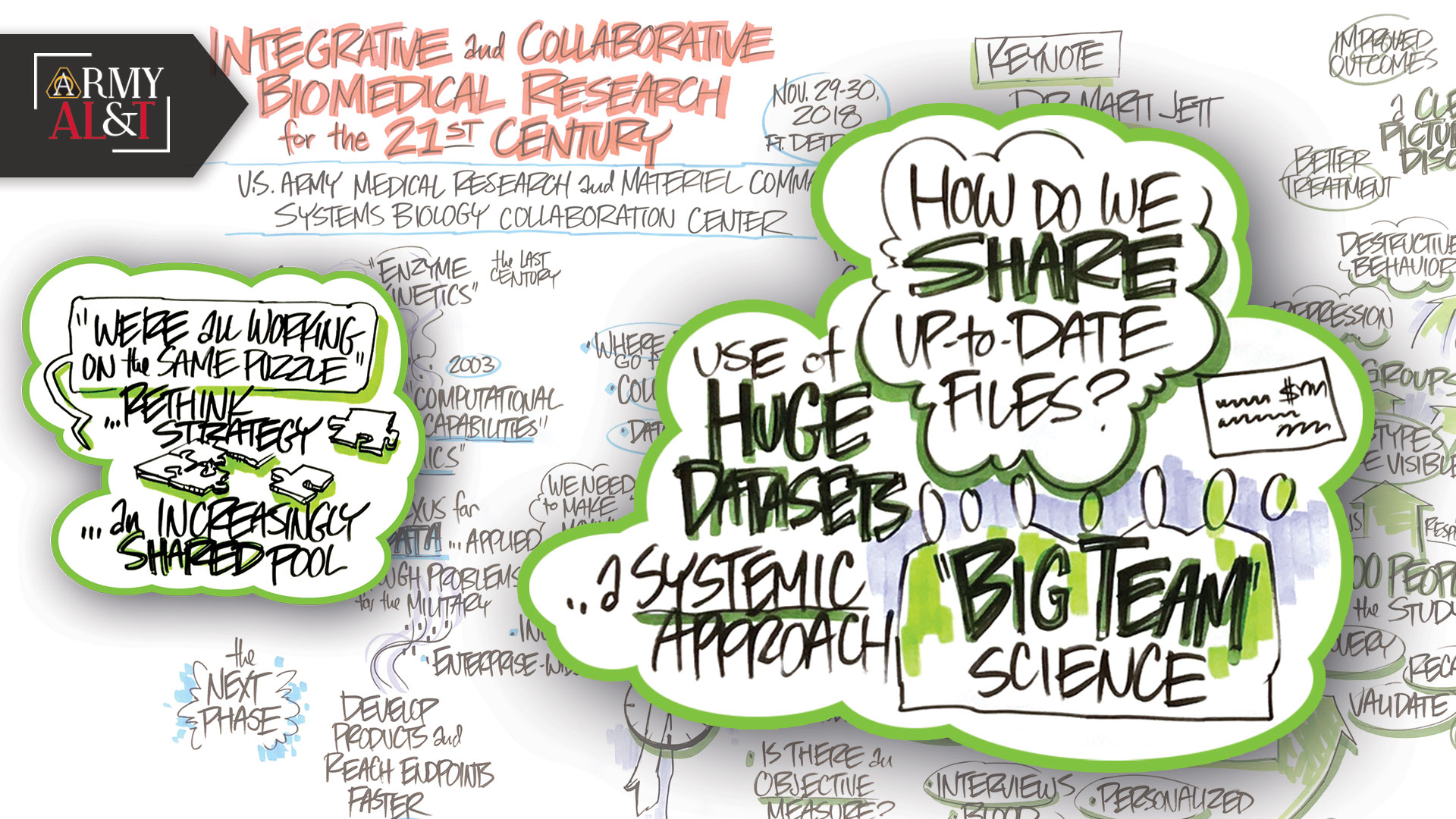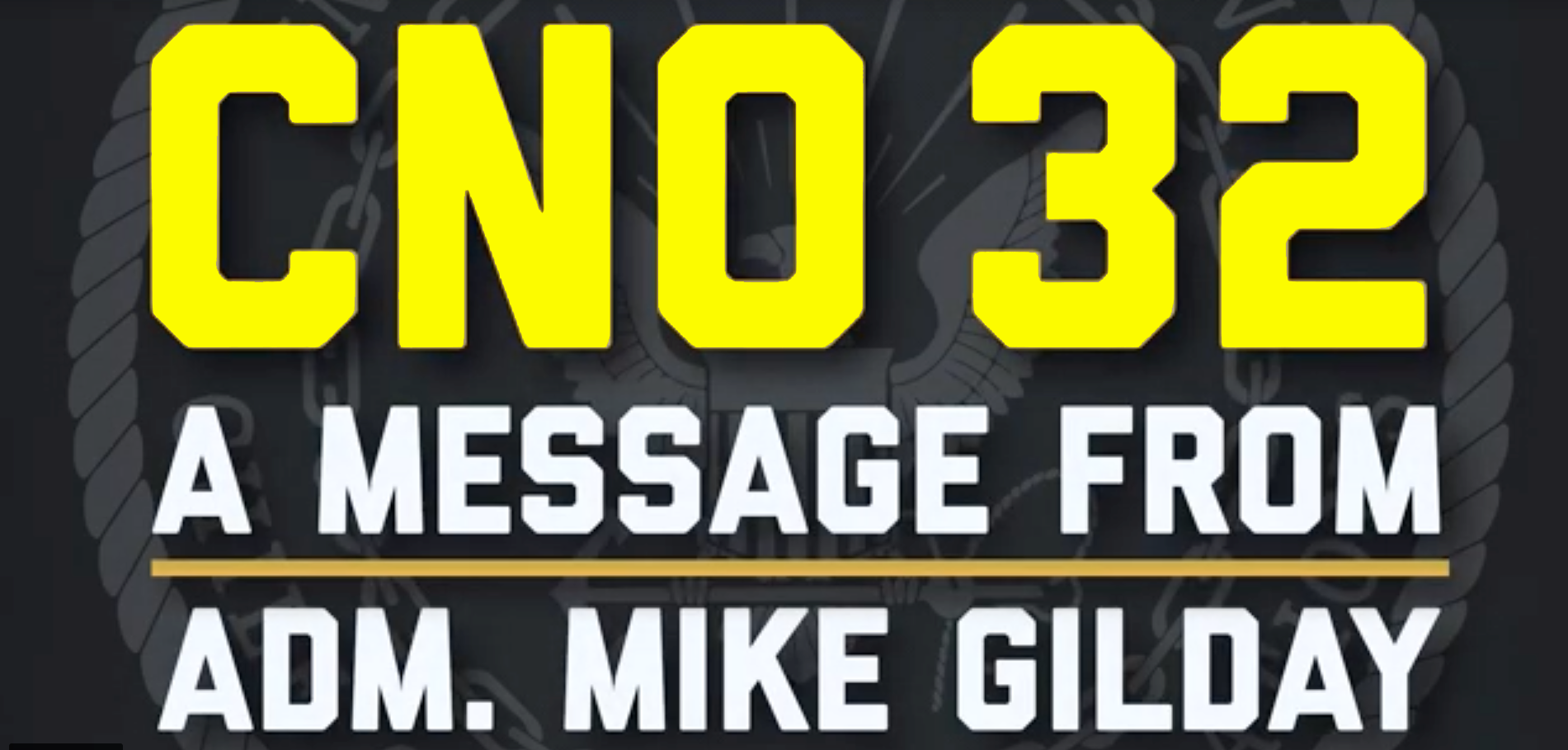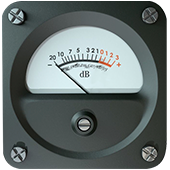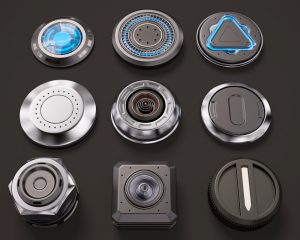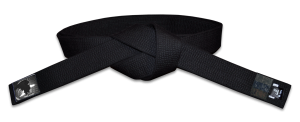Army acquisition has been called many things. A team sport. A challenge. An opportunity to support the warfighter. To provide that support, staff at the Program Executive Office for Intelligence, Electronic Warfare and Sensors (PEO IEW&S) are identifying critical areas in their policies, procedures and personnel that they can change completely, streamline for efficiency or create whole cloth.
This series explores some of their work in those areas, from hatching new products to meet the needs of the warfighter to launching those products from the nest and transitioning them to sustainment. Some of these projects were mandated at the highest levels of the acquisition, some were mandated through evaluating team requirements and capabilities, and some were mandated by PEO IEW&S.
This series will examine the hows and the whys of these changes, what they mean, and what they hope to accomplish.
By John Higgins
When More Complexity IS The Answer
PEO IEW&S has more than 1,000 members spread, quite literally, from “sea to shining sea.” The headquarters is at Aberdeen Proving Ground, Maryland, and other project managers are at Fort Belvoir, Virginia; Huntsville, Alabama; California and several other locations.
In the Army writ large, different units have different needs. These needs are coded through systems of alphanumeric codes. Some of the most important of these codes are Unit Identification Codes (UICs) and Department of Defense Activity Address Codes (DODAACs). (In this case, unit refers to a military organization, not a product.)
A UIC is assigned to a specific unit and can be used to identify it. Army Regulation 220-1 lays out the basic format: There are four measured areas and four corresponding labels that are aligned to a UIC—personnel (P); equipment and supplies on-hand or available (S); equipment readiness and serviceability (R); and unit training proficiency (T)—or PSRT, in Army-speak.
This is where PEO IEW&S had a problem: The UICs and DODAACs didn’t provide the organization with the ability to see and compare information. Paul Barsamian, product support manager, and Darrell Fleetwood, logistics manager, both with PEO IEW&S headquarters, were the ones who had to solve that problem.
“Basically, [the old UICs and DODAACs] did not provide transparency across the board,” said Barsamian. “We were not set up with a normal structure within the Army, which made auditing more difficult.”
He and Fleetwood saw that the UICs and DODAACs were set up by location, not organization. That meant that authorizations of and payments for personnel and resulting equipment necessary to make a military office function were being unevenly distributed, because the UICs made it seem like every element was in a centralized location, like a military battalion. From an audit perspective, on paper, PEO IEW&S offices appeared to be at the same location and so they appeared to have the same needs, when neither of those things was true.
ALL THE PUZZLE PIECES ARE THE SAME SHAPE
Fleetwood gave a simple example: “If you have 10 people assigned to a [Table of Distribution and Allowances (TDA)] paragraph that is aligned to a UIC, you can build your equipment authorizations from this paragraph and UIC. If there are subordinate organizations under the parent sharing the same UIC, it would be hard to determine the requirements for each subordinate if they aren’t actually in the same place.”
Take, for example, PEO IEW&S experiences in trying to obtain cryptographic equipment for their subordinate organizations to conduct research, development, testing and evaluation. It would appear as though there were enough equipment for everyone, when really—often because one office was miles away from another—that was not the case, said Fleetwood. But because they had the same UIC or DODAAC, it’s as if two separate locations are sharing one mailing address.
The authorization and use aligned to the personnel on the TDA also play a part in generating a baseline for the needs of day-to-day equipment, better known as Common Table of Allowances (CTAs). This equipment includes desks, computers, printers, monitors, etc.—all the items you find in any office.
The problem is that, since every office for PEO IEW&S was coded as though they were in the same place, it would be assumed that if an office in Alabama ordered a certain number of common office supplies, that office would “use up” an allotment for something that offices across the country would need.
This was causing several issues throughout PEO IEW&S.
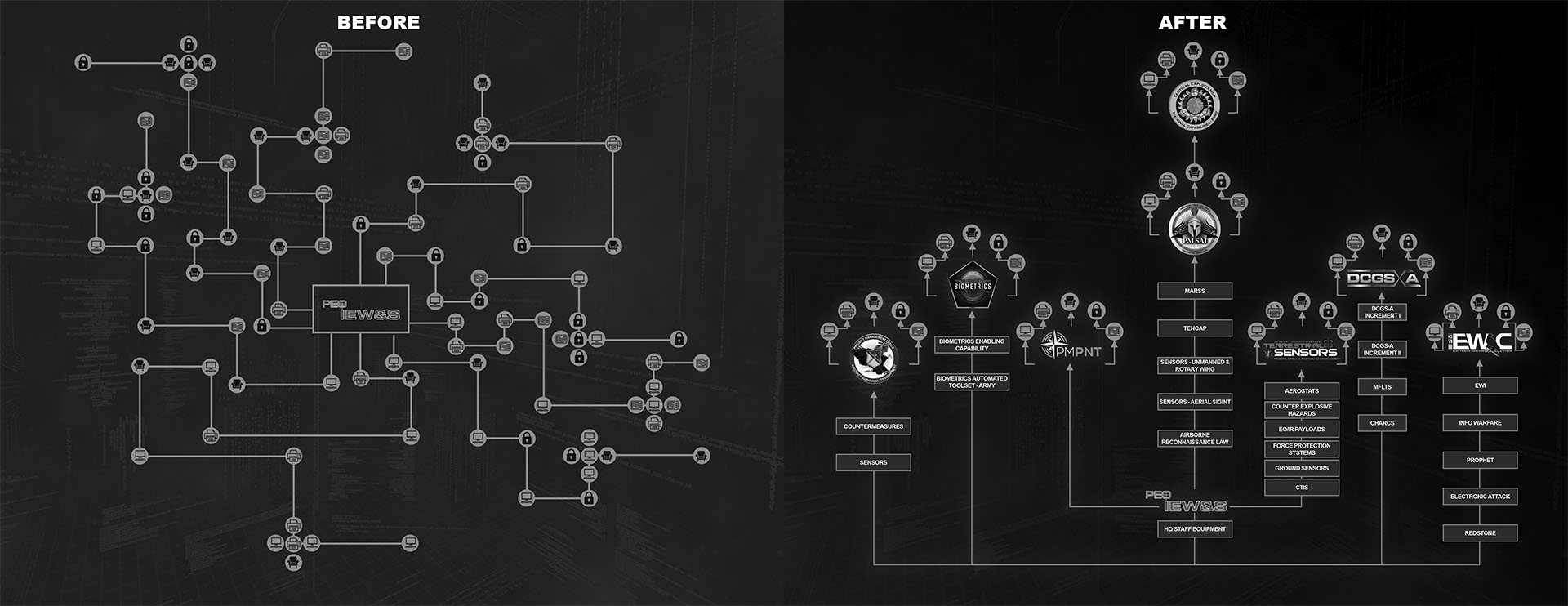
These two images represent the streamlining at PEO IEW&S resulting from more accurate UICs and DODAACs. In the “Before” image, every office used the same UIC, making it difficult to see exactly where items and personnel belonged. Darrell Fleetwood, logistics manager with PEO IEW&S, added subordinate codes, reflected in the “After” image, improving accountability and transparency. (Illustration by Justin Rakowski)
“When it came to trying to get [security devices] or any other type of equipment, [the supply chain] kept telling us, ‘You have all you need,’ and all we need would have been purchased by the Program Manager for Sensors-Aerial Intelligence (PM SAI), and that organization would be using all [those security devices],” said Fleetwood. The supply chain “wouldn’t be authorizing anything for [other PM offices] or the headquarters, because they don’t see it as different from PM SAI—they see it all as IEW&S. Money for supplies was coming straight out of the ‘alpha-alpha,’ or the headquarters UIC. There was nothing identifying these [subordinate] organizations.” An “alpha-alpha” is a headquarters element of any military unit in a UIC. Other parts of a military unit—ones in different physical locations, for example—would need a different UIC.
The solution, then was to build new derivate UICs (DUICs), separate codes that fall under the UIC for the headquarters element. “These new UICs are aligned to each part,” Fleetwood explained. “For example, A1 is a breakout for the headquarters staff alone. We also have personnel who are part of headquarters, but they are located at Fort Belvoir, so they are A2. [Any code] ending in 20 is for the Program Manager for Aircraft Survivability Equipment (PM ASE). Then 21 is a product manager under PM ASE, and 22 is the next product manager, and so on.”
This system of numbering ensures that the numbers much more clearly represent an office—not just its physical location, but also its personnel and equipment requirements.
DUICs reflect the fact that different units to have different requirements, and allocates resources better for each of them. PEO IEW&S went from 13 UICs to 32, with each project manager directly accessing resources through them. Although they add complexity, having individual numbers makes it easier to track inventory, people and needs, which assists transparency and makes it easier for taxpayers to know where their dollars are going.
Making sure everyone had a unique UIC was the first half of a larger mission.
CUTTING NEW PIECES
“A DODAAC is very much like a credit card number which, in the wrong hands, can be used to spend money without rightful ‘owner’ of the code … being aware that the Agency’s appropriations are being spent,” said Michael L Rhodes, DOD director of Administration, in a memo from Dec. 18, 2014. “Individuals have been prosecuted who have used a DoDAAC to purchase items … for personal gain. Therefore, effective management, control, and use of DoDAACs by all DOD Components is critical to ensure DoD fiscal responsibility.”
Another issue with a DODAAC is that it could be used by anyone in PEO IEW&S, which could obscure who actually made a purchase.
“Let’s say this is Person A’s DODAAC for their team,” Fleetwood said, pointing to a string of digits displayed on his screen. “Every single PM was utilizing this DODAAC to do any purchases, because this one was set up and registered for us so it interfaces with other databases,” Fleetwood said. “Let’s say a person at Lakehurst Naval Air Station made a purchase using that DODAAC. It comes out of Person A’s budget, but it doesn’t show that purchase came from Lakehurst. Now Person A is on the hook for the money, but Lakehurst gets the equipment without impacting their bottom line.”
If a purchase was big enough ($5,000 or more), it would raise a flag for the organization whose DODAAC was used. That DODAAC user would then contact Fleetwood and ask him to track it down. This process would take Fleetwood up to a week, running down leads to determine where a purchase had come from and if it was a valid purchase. It almost always would be valid, but the confirmation was hard to find.
So, much like the changes to the UIC, Fleetwood created breakout DODAACs that would be used exclusively by each suboffice of PEO IEW&S.
This meant giving program managers DODAACs that were tracked through the Defense Property Accountability System, the General Funds Enterprise Business System or the Standard Operations and Maintenance Army Research and Development System. These different DODAACs apply to specific types of spending, equipment and some activities that each PM would need to pay for.
“We’ve structured the PEO, which allowed us to be auditable across the board,” said Barsamian. “We also broke the equipment out to what is actually government-furnished product and TDA property required for day-to-day operations, and the UICs and DODAACs allow us to make sure we can function.”
“You have two types of TDAs: personnel and equipment,” said Fleetwood. “Now these detailed UICs and DODAACs allow us to ensure that our needs are both requested and met accurately. That way, they function on a day-to-day basis.”
At this time, almost all the new UICs and DODAACs have been created and most of them have been implemented. Over time, this will contribute to PEO IEW&S’s overall “agile acquisition capability,” a priority from the chief of Army acquisition.
JOHN HIGGINS is a public affairs writer for PEO IEW&S. He is an Iraq War veteran and former public affairs Soldier. He holds a B.A. in film production from Towson University.



